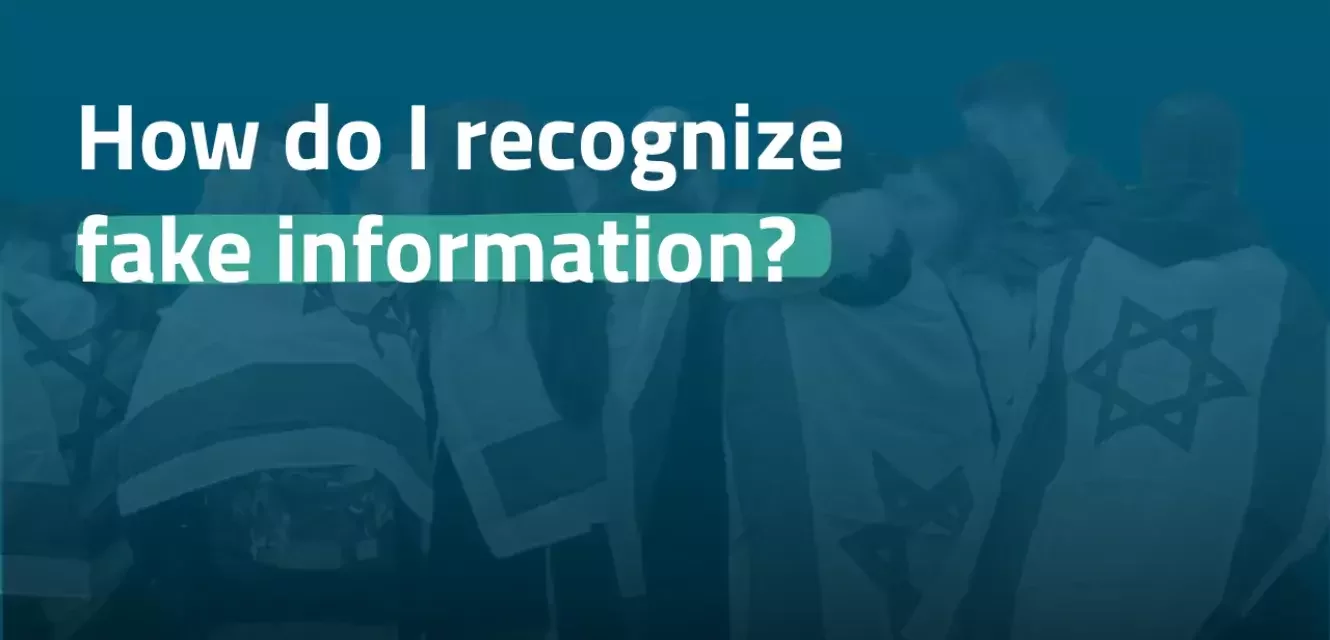How do I recognize fake information?

ZWST
We live in a time when broad parts of the public have unrestricted access to information. But the diversity of information and the possibilities to fake and quickly disseminate information mean that authenticity is not always verifiable.
Fakes can affect any medium: texts, images and videos.
Here are some tips on how you can detect and recognize misinformation and fakes:
- Is the distinction between information and opinion clear?
- Is the information up-to-date? Check the date of the post, video, image. Often old news stories, videos and photos already used in other contexts are used to spread panic.
- Is there evidence to support the claims in the news story? Check using the search on the topic. Is there more to the story?
- Do the contexts in the news story, video, or image fit?
- What sources are cited?
- Is the information neutral or is it politicizing, emotionalizing, polarizing or does it even spread panic?
- Are there indications of political (especially extremist) or commercial interests behind it?
- Do they distract from the actual topic by referring to another problem or argument?
- Especially with visual material, pay attention to the consistency of the image (colors, body parts, shadows and background).
- Especially in the case of video material: mouth movements and what is said should be congruent, i.e., consistent. Again, as in the case of the image, the background, the environment should match the information.
In general, the following are considered reliable sources in Germany and in other democratic countries:
- Official channels and sources of the federal government and the EU as well as media institutions financed by them (e.g. as press releases or on social media channels).
- Journalists and established publications in newspapers, magazines, institutes, news agencies, and specialized agencies working according to journalistic standards.
- The experts cited should have demonstrable expertise.
- Concrete information is more likely to be trusted than vague statements.
- The number of followers on Twitter, TikTok and Instagram does not always say something about the reliability of the information disseminated.
You can find further sources on Klicksafe (please change the language on the website):
https://www.klicksafe.de/desinformation-und-meinung/prebunking-schutz-vor-desinformationen
https://www.klicksafe.de/desinformation-und-meinung/fake-news
Download guide
Document
How do I recognize fake information? (736.48 KB)
